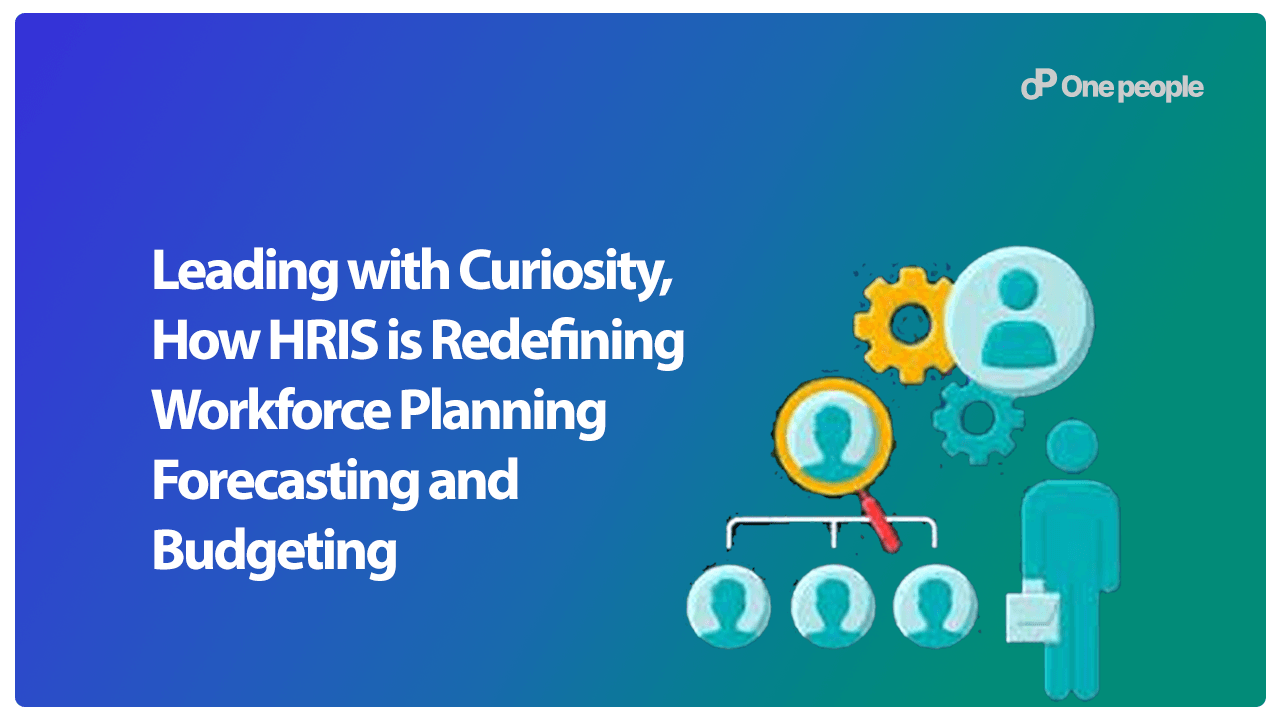“Have you ever pondered the age-old saying, ‘Curiosity Killed the Cat, but Satisfaction Brought it Back’? It’s a phrase we’ve all encountered, a testament to the intriguing dance between risk and reward. In the realm of business, curiosity becomes a driving force, transforming challenges into opportunities. Much like the curious cat, businesses can embark on a strategic journey by investing in HRIS (Human Resource Information Systems) for workforce planning, forecasting, and budgeting. Although this may pose initial risks and require investments, the long-term benefits make it a rewarding venture.
This article aims to explore the synergy between curiosity and strategic decision-making, where the pursuit of new possibilities leads to well-informed, innovative choices. By unraveling the connection between curiosity and investing in HRIS, we uncover the collaborative essence that propels organizations toward a future of growth and success.
Exploring New Horizons
In the business landscape, curiosity transforms challenges into opportunities, and when viewed through the lens of HRIS, every obstacle becomes a strategic crossroad. HRIS Systems offer organizations the means to delve into workforce planning with precision, forecast future trends, and optimize budgeting. The initial risks and investments involved become stepping stones on the path to long-term benefits.
Strategic Vision in HRIS
To present HRIS as a strategic move, it’s crucial to understand its role in shaping the future of businesses. HRIS isn’t merely a technological tool, it’s a strategic enabler that aligns human capital with organizational goals. By investing in HRIS systems, companies can strategically plan their workforce, forecast industry trends, and manage budgets effectively. This proactive approach not only mitigates potential risks but also positions the organization for sustained growth.
Curiosity Meets Innovation
The spirit of exploring new possibilities lies at the heart of curiosity. In the context of HRIS, this curiosity translates into a forward-thinking approach that embraces innovation. Organizations adopting HRIS systems demonstrate a commitment to staying ahead of the curve. The real-time data and analytics provided by HRIS empower decision-makers to make well-informed, innovative choices that drive success.
The Rewards of Strategic Curiosity
While the initial investment in HRIS systems may raise eyebrows, the long-term benefits far outweigh the costs. Imagine a scenario where workforce planning is not a reactive measure but a proactive strategy, where forecasting isn’t a gamble but a well-calculated move, and budgeting isn’t a blindfolded endeavor but a precision tool. HRIS systems provide these capabilities, offering organizations a competitive advantage in an ever-evolving business landscape.
Benefits of Workforce Planning, Forecasting, and Budgeting with the HRIS System
- Strategic Alignment: This ensures your workforce plan directly supports your organization’s overall goals and objectives, to ensure the right skills and talent are available for long-term success.
- Talent Acquisition and Retention: Attracting and keeping top talent is crucial for any strategic workforce plan. By accurately forecasting workforce needs, organizations can attract and retain the right people with the skills and competencies required for the future. This involves identifying critical skills, developing effective recruitment strategies, and implementing strong retention programs that promote employee satisfaction and engagement.
- Succession Planning: It supports the identification and development of potential leaders within the organization, enabling a smoother transition when key positions become vacant. This involves identifying and developing high-potential employees, creating career development paths, and ensuring knowledge transfer. This prevents talent gaps and fosters smooth leadership transitions.
- Data-Driven Decision-Making: Workforce planning relies heavily on data, analytics, and forecasting to make informed decisions about workforce requirements. Instead of reacting to staffing issues as they arise, workforce planning and forecasting proactively anticipate future challenges and address them in advance.
- Efficient Resource Allocation: This is a key benefit. Effective workforce planning ensures that resources are used in the most efficient way possible, aligning staff levels to the operational needs of the business. This not only controls labor costs but also maximizes productivity.
- Workforce Flexibility: Anticipating the need for different types of labor (temporary, part-time, remote) allows an organization to adapt quickly to market changes and demands. This flexibility is crucial in a dynamic business environment where agility can provide a competitive advantage.
- Cost Savings: Strategic workforce planning helps avoid the high costs associated with hastily hiring or laying off staff. By predicting future staffing needs, an organization can reduce unnecessary hiring costs and avoid the negative financial impact of large-scale layoffs.
- Improved Employee Productivity: Having the right people in the right jobs, and at the right time, ensures that employees can perform their roles effectively. This not only enhances individual performance but also drives overall organizational efficiency.
- Enhanced Employee Engagement: When employees see opportunities for growth and understand how their roles fit into the organization’s goals, they are more likely to be engaged. Workforce planning that incorporates career development aligns employee aspirations with organizational needs, fostering a more committed workforce.
- Risk Mitigation: Workforce planning plays a critical role in preparing for and mitigating risks associated with staffing. This includes the risk of losing key employees, dealing with market fluctuations, or adapting to regulatory changes. A well-thought-out plan helps maintain operational stability in the face of such challenges.
- Legal Compliance: Workforce planning must consider legal and regulatory requirements related to employment. By ensuring compliance with these laws (like labor standards, equal employment opportunity, etc.), an organization can avoid costly legal problems and maintain its reputation.
To conclude, the integration of curiosity and strategic decision-making through HRIS investments narrates a story of growth and innovation. By embracing HRIS for workforce planning, forecasting, and budgeting, organizations navigate today’s business complexities and pave the way for a future driven by strategic curiosity.
One People’s Workforce Planning tool is your key to enhancing productivity. Our powerful solution empowers you to manage, plan, and monitor your current and future workforce needs within your HR platform. One People’s most effective workforce, forecast, and budget plans are customized to the specific needs and challenges of your organization. With One People, you gain a comprehensive insight into your people’s data, facilitating informed workforce planning decisions. This includes real-time access to critical metrics like current headcount and forecasts for turnover and growth, enabling you to develop a more strategic, data-driven, future-oriented, and holistic approach.
Give us a call at +97145139090 || https://wolkepeople.com || sales@wolkepeople.com
#globalpayroll #management #motivation #creativity #hris #humancapitalmanagement #employees #payrollservices #workforceplanning #forecasting #hrstrategy #talentmanagement #hranalytics #strategichr #humanresources #hrmanagement #futureofwork #hrtechnology #hrinsights #employeeengagement #talentacquisition #datadrivenhr #successionplanning #recruitmentstrategy #workforceoptimization #hrleadership #hrinnovation #hrtrends #hiringstrategy #peopleanalytics #hrconsulting #organizationaldevelopment #customerexperience #leaders #leadership #budgeting #innovation #retail #hospitality #healthcare #airlines #difc




